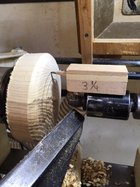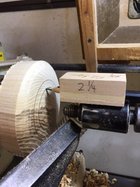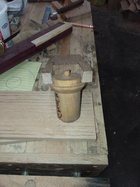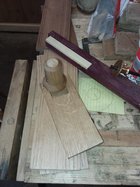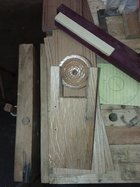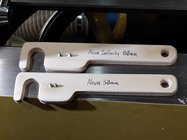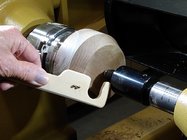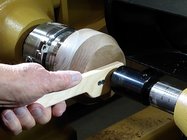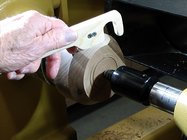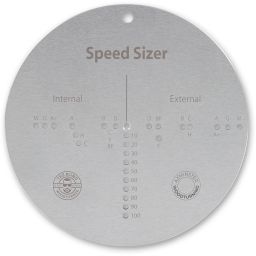I don't use the tenon to form the foot on my bowls so 99% of the time use the same size tenon based on bowl size - 3 1/4" for large bowls or 2 1/4" for smaller ones to fit one of my two chucks. One with large jaws and the other with smaller jaws. To make it easy I simply made a small wooden block with a slot that fits a standard carpenter pencil that when placed on my tail stock collar it marks out the right sized circle for me to cut the tenon size to. Same jig just flip it over for the different sizes. Hold in place and spin the bowl. Done. Quick and easy although I find that just out of habit I can usually get it very close without the jig but better sure than remounting if not right. Likely a common method but hey, someone might not have one.
I searched first and couldn't find a similar post. Sorry if a repeat of something many already use or know.
I searched first and couldn't find a similar post. Sorry if a repeat of something many already use or know.

